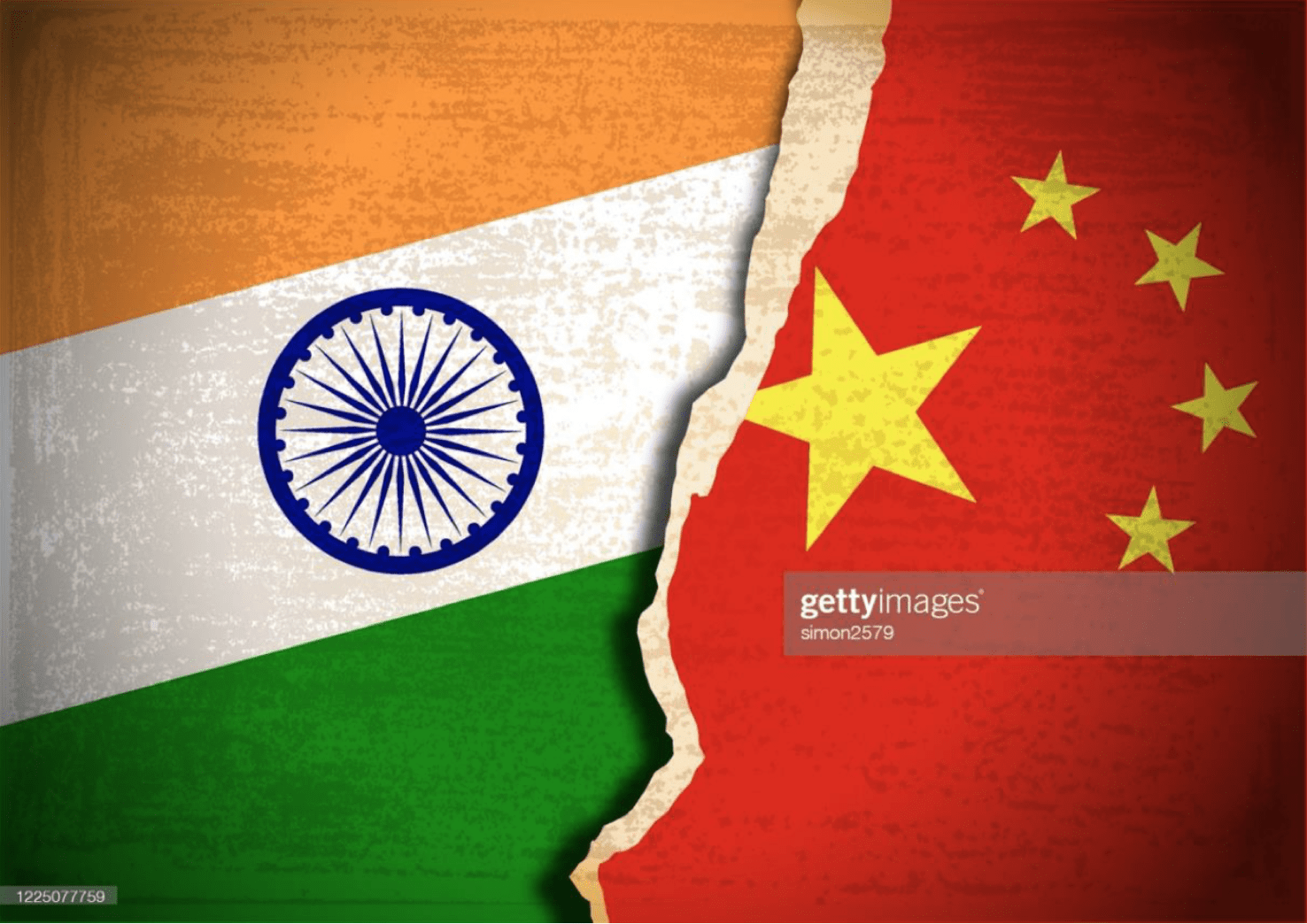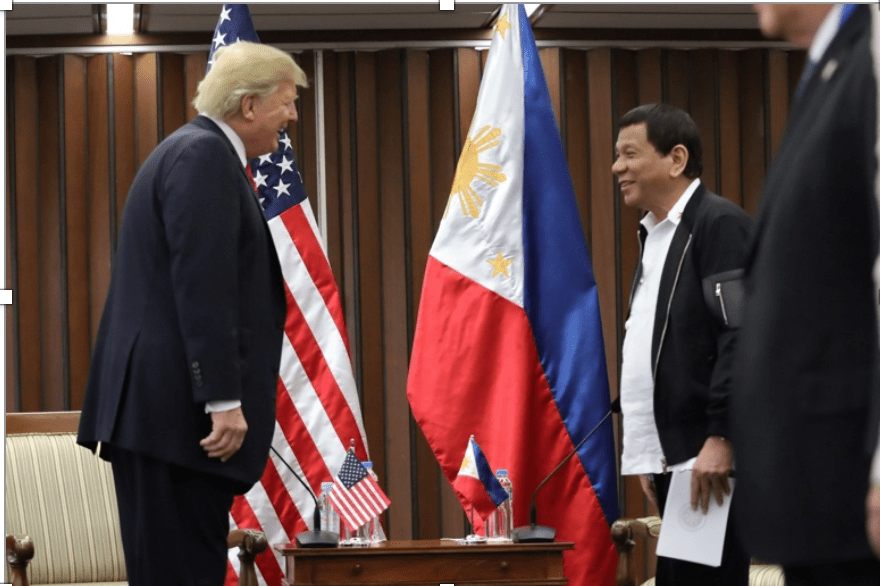Yasukuni Shrine
By Izzy Angeli, MA Media and Strategic Communication ’23 Historical Context China considers Tokyo’s Yasukuni Shrine—which honors 2.5 million war deaths, including convicted war criminals—as a symbol of Japan’s wartime militarism. The shrine was founded in 1869 by Emperor Meiji to commemorate Japanese people who lost their lives from the…




